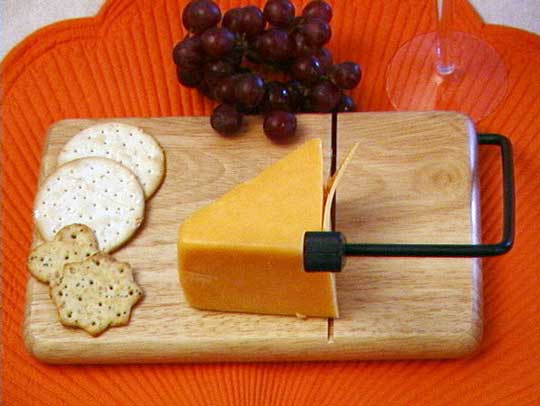The other night, my headlights flashed on a deer at the side of the road, but she'd been hit and was quite obviously dead. Since her head was still in the way of traffic, I called 911. Because of that scene, and so many others like it, I thought I'd post something from last summer. I believe the message is important, so instead of calling it re-posting, let's call it re-gifting.

On Sunday, I drove past three dead raccoons--one large, two quite small--grouped together at the side of the road. Whenever I see roadkill, I imagine a possible scenario: After foraging for food, a mother raccoon makes her way back to her children only to be struck by a car. But on that particular Sunday morning, it was the entire family of raccoons who lost their lives. It makes me incredibly sad to see wildlife so senselessly killed (although it's hard to think of a
senseful killing).
According to a study by L.P. Tardiff & Associates for Transport Canada, motor vehicles may be the number one predator of wildlife. Some statistics from Wikipedia:
"Merritt Clifton, editor of Animal People Newspaper estimated that the following animals are being killed by motor vehicles in the United States annually:
41 million squirrels
26 million cats
22 million rats
19 million opossums
15 million raccoons
6 million dogs
350,000 deer"Often, there's not much a driver can do to avoid hitting animals that venture onto the road, especially at night. Animals react differently--a rabbit's frozen bewilderment as a car barrels toward it; a deer's unexpected jog to the left when we expect it to go right. So it's up to us to take precautions.
What drivers can do:Ease up on the gas pedal when driving through wildlife areas. Look for the yellow, diamond-shaped warning signs.
Watch for movement at the roadside, and slow down when you see any. It's far better to use your brakes than to use your wheel as swerving may result in the loss of control.
Be aware that wildlife is most active at dawn and dusk.
Watch for the car's headlights reflecting off the animal's eyes. Often drivers will see the shining eyes before they see the animal.
Anticipate unpredictable behaviour from all wildlife.
What governments can do:Build wildlife underpasses and overpasses. On the Trans-Canada Highway, through Banff National Park, 24 underpasses and overpasses have been constructed--the largest scale wildlife passage in the world. Since 1996, more than 50,000 large mammals have used them, and animal-vehicle collisions have dropped by 80%.
Erect animal crossing signs on high-risk stretches.
Invest in heat-seeking cameras that detect animals and warn drivers when one is ahead, or wildlife warning systems that use alternating sounds and lights to scare animals when vehicles approach.
For more information on reducing the risk, check out this site:
Wildlife Collision Prevention ProgramLet me know if there are other measures we can take to keep our wildlife safe and alive.






